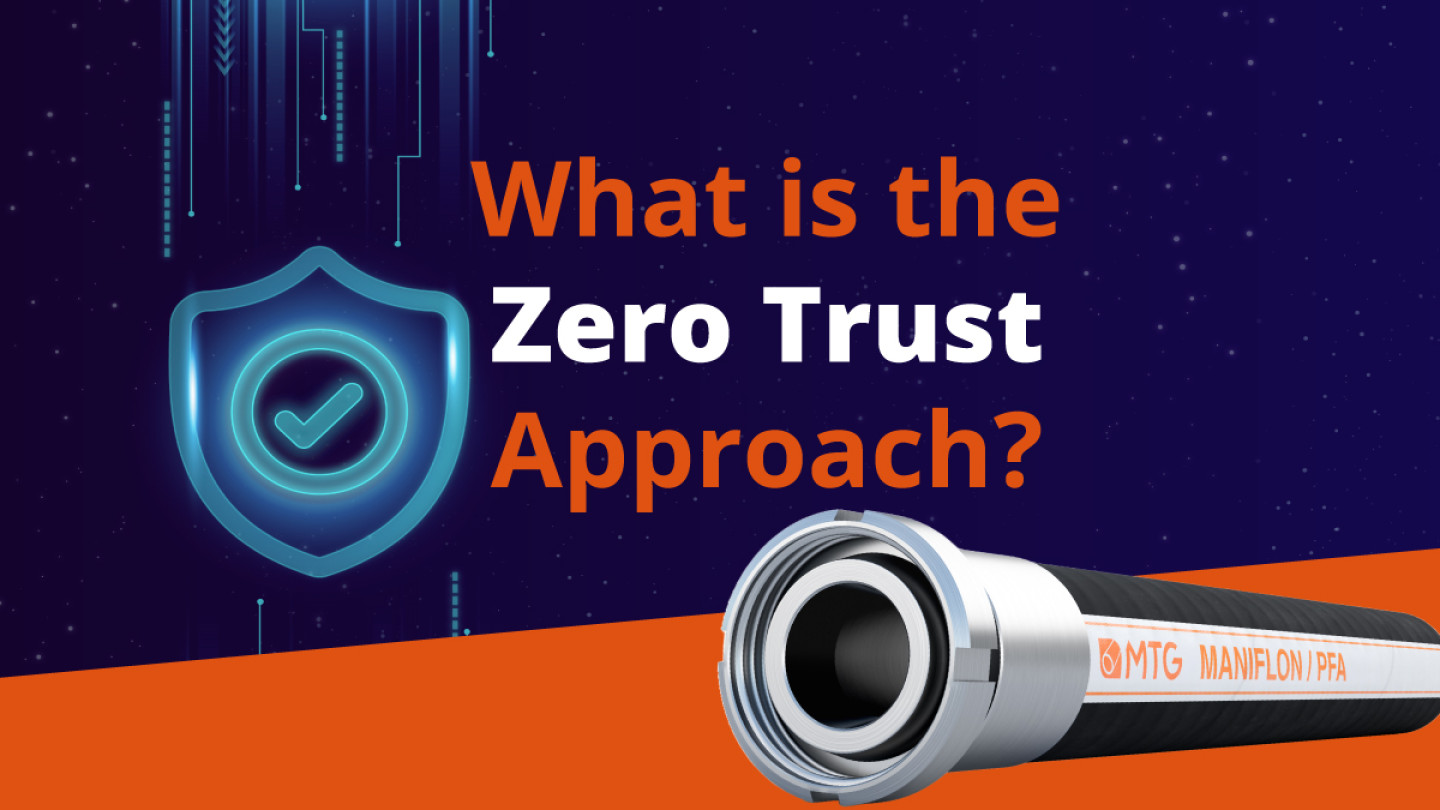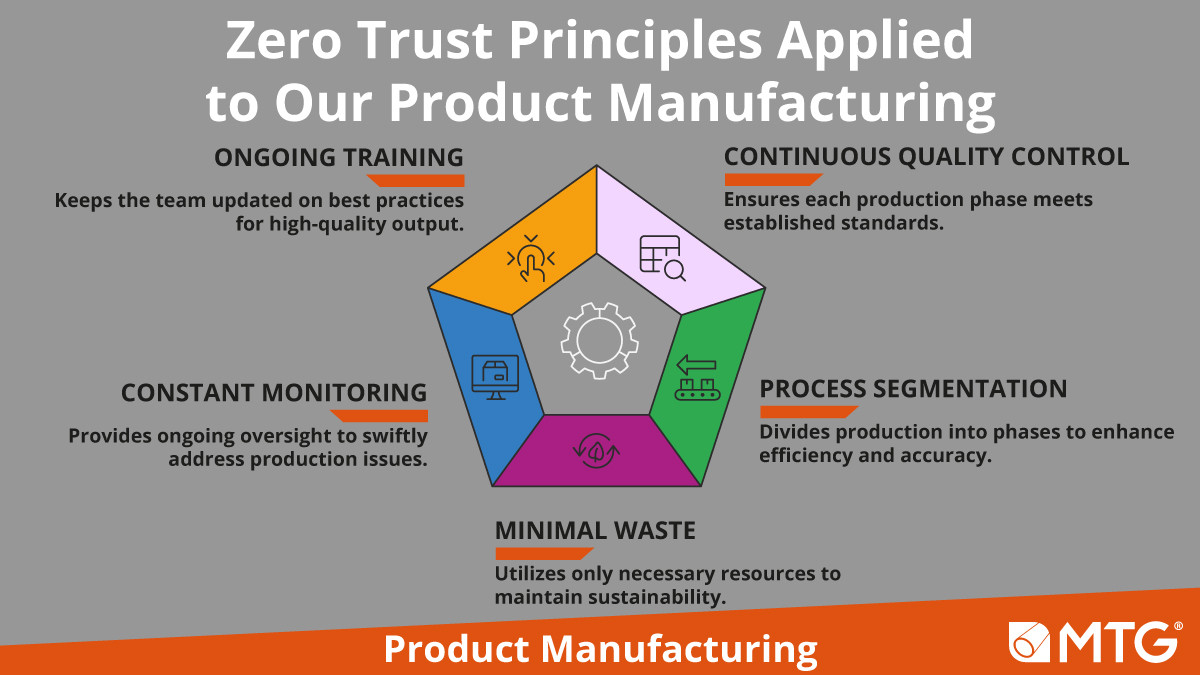Zero Trust: A Comprehensive Approach to Cybersecurity and Production Excellence
Maximizing Security and Production Excellence

In today's rapidly evolving digital landscape, organizations are increasingly adopting the Zero Trust approach as a critical strategy for protecting their assets and ensuring operational excellence. This innovative methodology fundamentally reshapes how businesses approach security and production processes.
Understanding the Zero Trust Cybersecurity Model
The Zero Trust approach represents a paradigm shift in cybersecurity, operating on a simple yet powerful principle: "never trust, always verify." Unlike traditional security models that assume trust within an organization's network, Zero Trust mandates continuous authentication and authorization for every access attempt.
Key principles of the Zero Trust cybersecurity strategy include:
- Continuous Verification: Every access request, whether from internal or external sources, must be thoroughly authenticated and authorized before granting entry.
- Microsegmentation: Networks are strategically divided into smaller, more manageable segments, significantly limiting potential lateral movement for cyber attackers.
- Principle of Least Privilege: Users and devices are granted access only to the specific resources absolutely necessary for their designated tasks, minimizing potential security risks.
- Constant Monitoring: All system activities are continuously tracked and analyzed to rapidly detect and respond to any suspicious behaviors or potential security threats.
- Ongoing User Training: Continuous education ensures that team members remain up-to-date on the latest security best practices, creating a robust human firewall.

Zero Trust Principles in Manufacturing: A Practical Approach
Interestingly, the Zero Trust philosophy extends beyond cybersecurity, finding powerful applications in manufacturing processes. Companies are now applying similar rigorous principles to ensure product quality and operational efficiency.
Manufacturing-specific Zero Trust principles include:
- Continuous Quality Control: Every production phase undergoes meticulous monitoring to guarantee adherence to the highest quality standards.
- Process Segmentation: Production workflows are carefully divided into specific, optimized phases to enhance efficiency and minimize potential errors.
- Minimal Resource Utilization: A strategic approach focuses on using only necessary resources, simultaneously promoting sustainability and maintaining superior product quality.
- Persistent Monitoring: Production activities are continuously tracked, enabling rapid identification and swift resolution of any emerging issues.
- Continuous Team Development: Regular training programs keep the production team updated on best practices, ensuring consistently high performance and quality.

The Future of Organizational Strategy
Adopting the Zero Trust approach represents more than just a security strategy: it's a comprehensive mindset that prioritizes verification, efficiency, and continuous improvement. By embracing these principles, organizations can create more resilient, secure, and high-performing systems across cybersecurity and production domains.
As digital threats continue to evolve and manufacturing becomes increasingly complex, the Zero Trust methodology offers a proactive and adaptive solution for modern businesses.